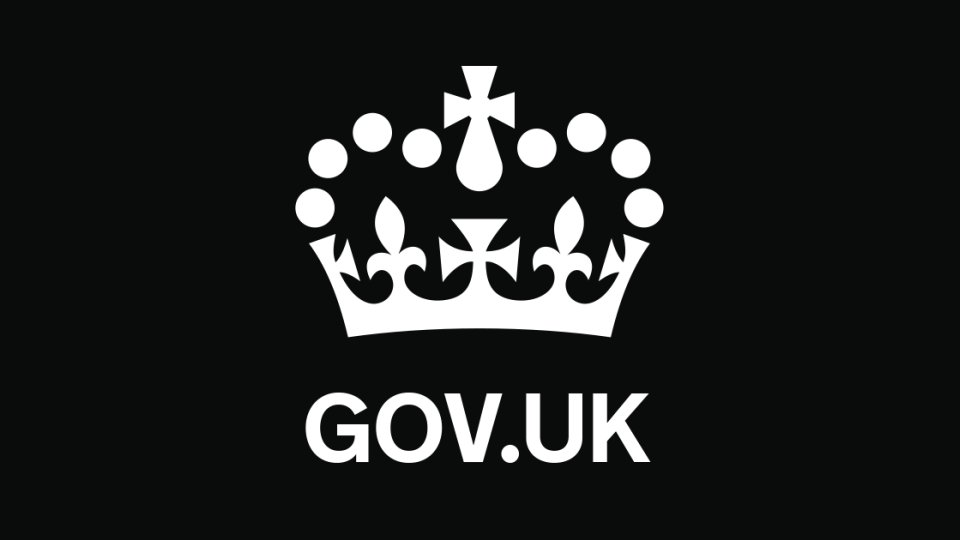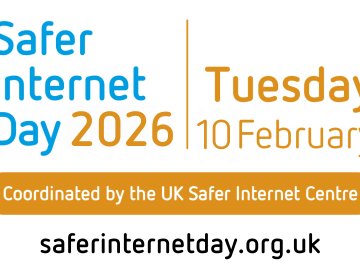The Department for Education (DfE) has published its "Keeping Children Safe in Education" (KCSIE) guidance for 2024, set to be implemented from September 2024. This guidance outlines crucial measures for the safeguarding and protection of children within educational settings, reflecting the evolving landscape of child safety concerns, particularly in the context of technological interactions and advancements. Please note: The highlights below have been affirmed in previous versions of the guidance and are reaffirmed for 2024.
Key Highlights of the 2024 Guidance
Comprehensive Training for School Staff
One of the recommendations in the draft is the emphasis on thorough and ongoing training for school staff. The guidance mandates that all school personnel should receive appropriate safeguarding and child protection training. This training encompasses various facets, including:
- Online Safety: Staff must be well-versed in the expectations, roles, and responsibilities related to filtering and monitoring online activities. Understanding these elements is vital for creating a secure online environment for students.
- Regular Updates: The guidance stipulates that safeguarding and child protection updates should be delivered frequently through emails, e-bulletins, and staff meetings. At a minimum, these updates should occur annually, ensuring that staff remain equipped with the latest skills and knowledge to safeguard children effectively.
Recognition of Technology in Safeguarding
The DfE acknowledges the significant role of technology in many safeguarding and wellbeing issues. The guidance highlights several critical points:
- Dual Risks: Children face risks both online and offline, and these risks often occur simultaneously. School staff must be vigilant in recognising and addressing these dual threats.
- Peer-to-Peer Online Abuse: The document identifies the growing concern of children abusing other children online. This abuse can manifest in various forms, such as:
- Abusive, harassing, and misogynistic messages.
- Non-consensual sharing of indecent images, particularly within chat groups.
- Sharing of abusive images and pornography with individuals who do not wish to receive such content.
Addressing Sexual Violence and Harassment Online
The guidance calls attention to the complexities surrounding sexual violence and harassment occurring online. Schools and colleges must be aware of:
- Complex Factors: Online sexual violence and harassment can introduce numerous complex issues, including widespread abuse across multiple social media platforms. This can result in repeat victimisation and significant psychological harm to the victims.
- Integrated Approach: The guidance stresses the need for an integrated approach to address incidents of sexual violence and harassment, recognising that these incidents often intersect with face-to-face interactions.
Implications for Schools and Colleges
The 2024 KCSIE guidance underscores the need for educational institutions to adapt their safeguarding strategies to address both traditional and digital threats effectively. Schools and colleges must:
- Ensure all staff receive comprehensive and ongoing training on safeguarding and child protection, with a strong focus on online safety.
- Develop robust systems for delivering regular updates on safeguarding issues to keep staff informed and prepared.
- Recognise and address the multifaceted nature of technology-related risks, including peer-to-peer abuse and online sexual violence and harassment.
Prepare for September
Educational institutions are encouraged to review these recommendations ahead of September. By embracing these guidelines, schools and colleges can enhance their safeguarding practices, ensuring a safer environment for all students.
In line with this guidance and to improve safeguarding practices, we provide a variety of services which respond to online and offline harm. Please visit our website to discover more.






